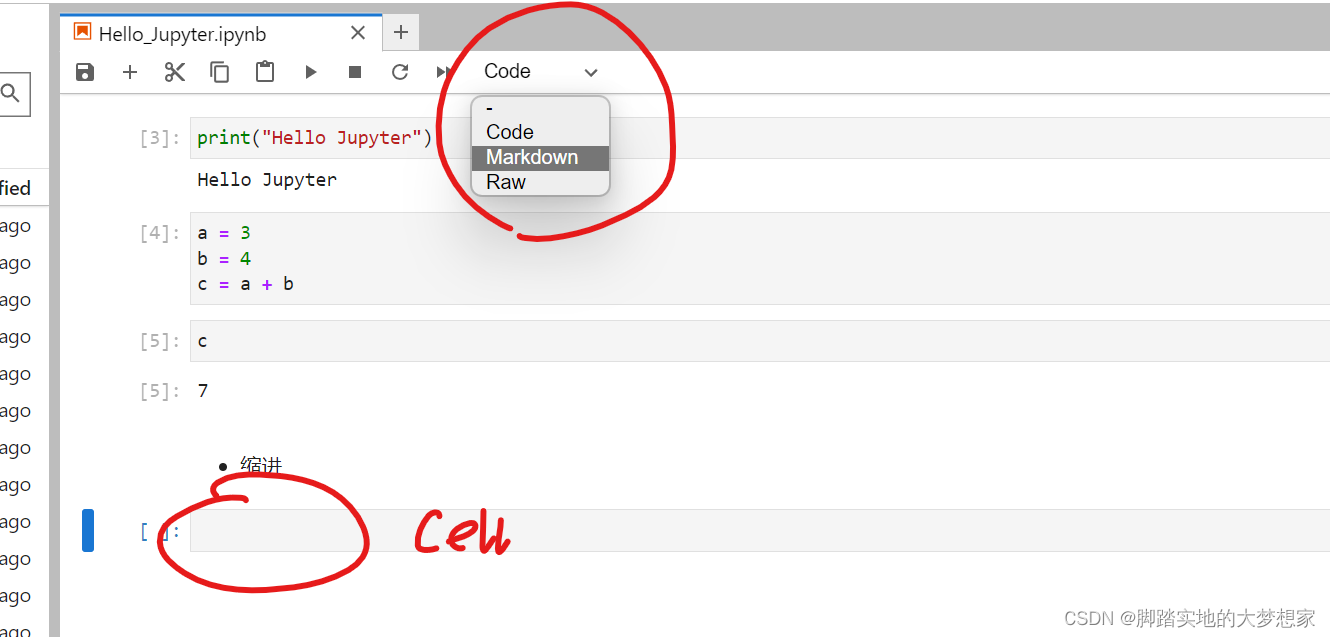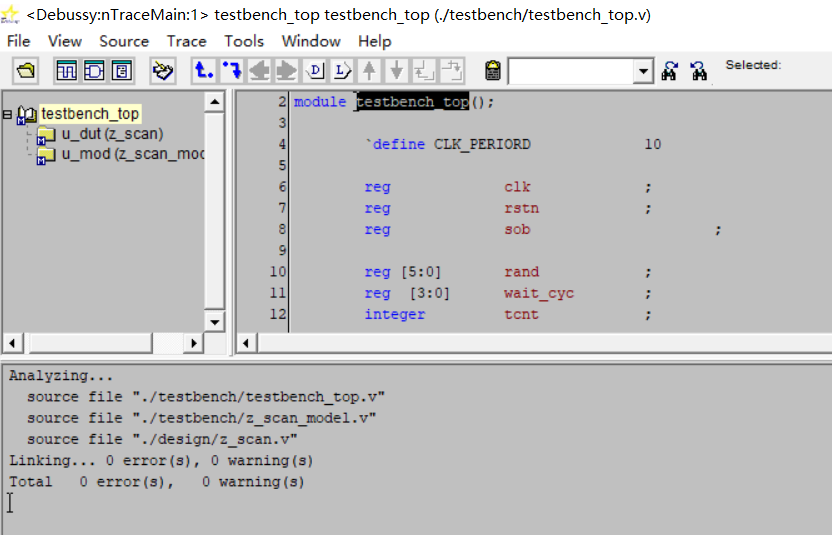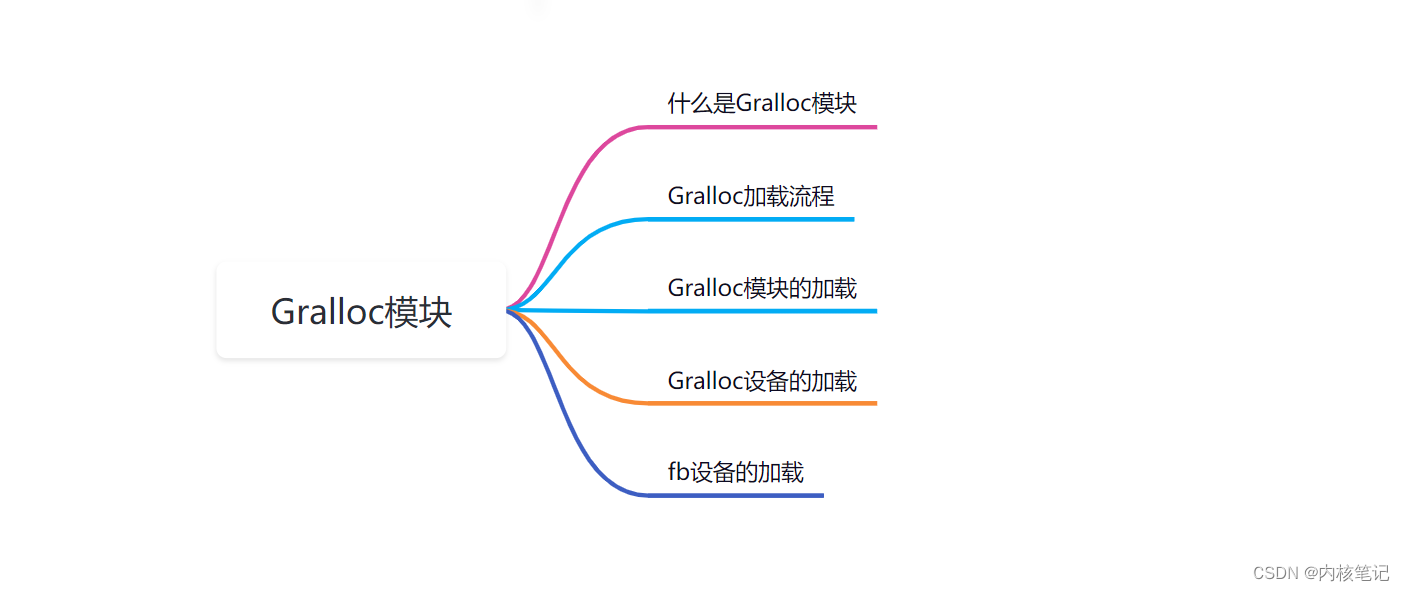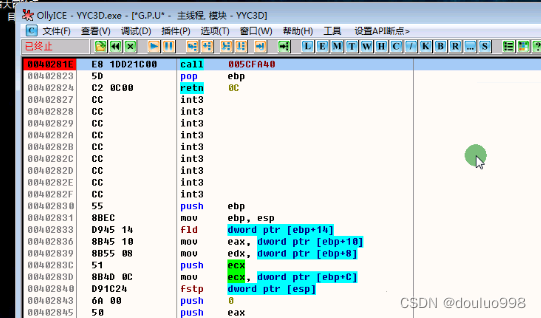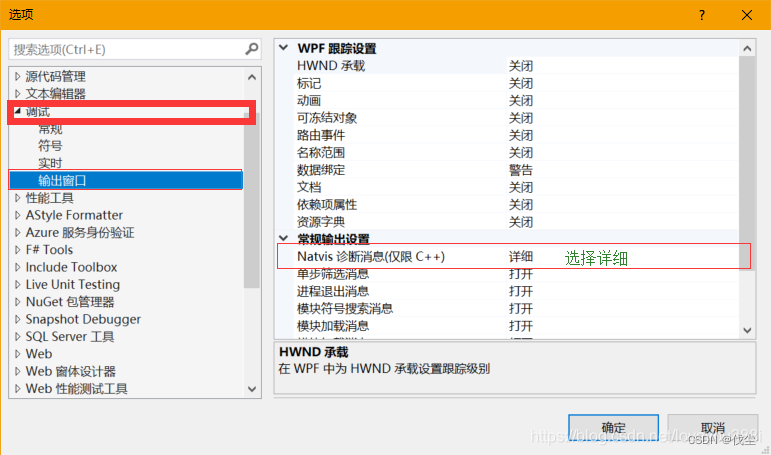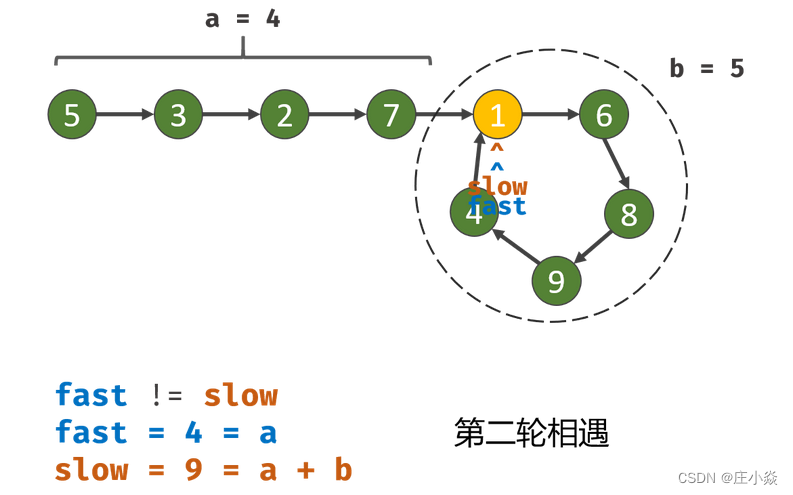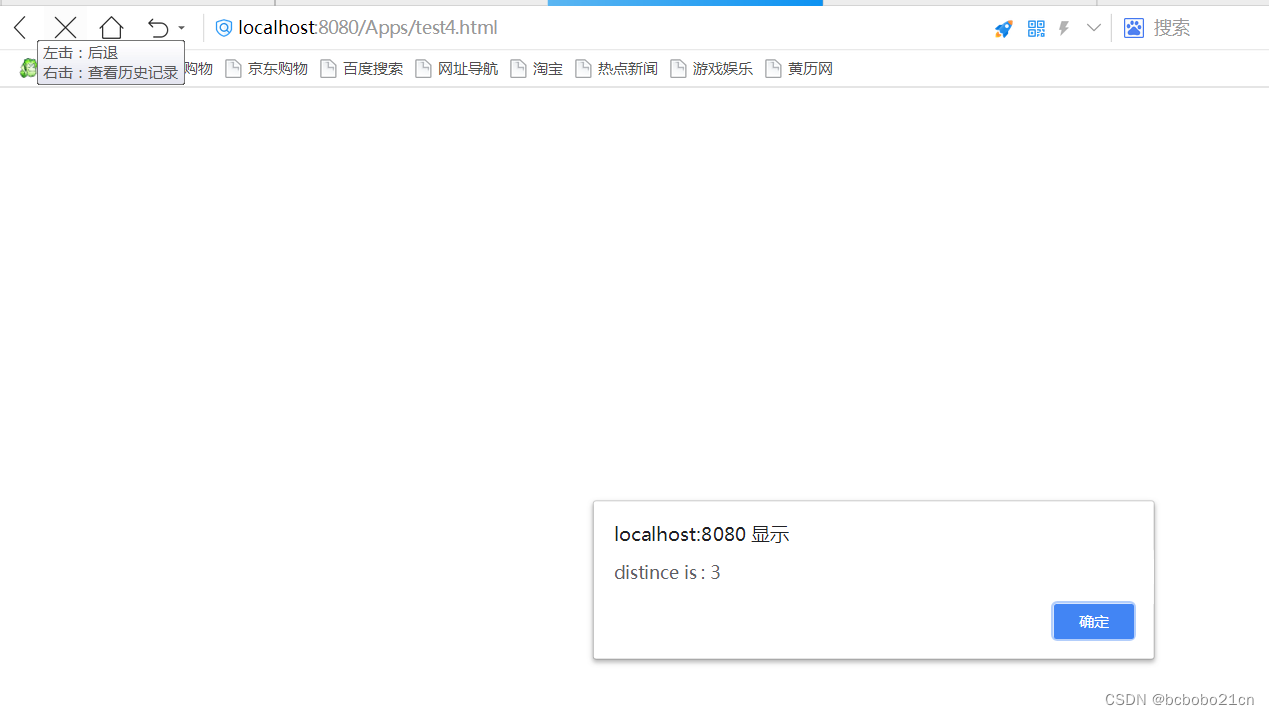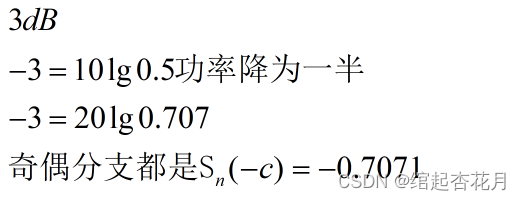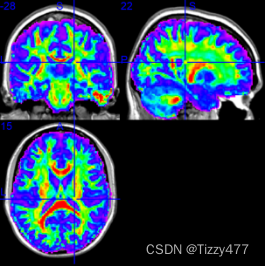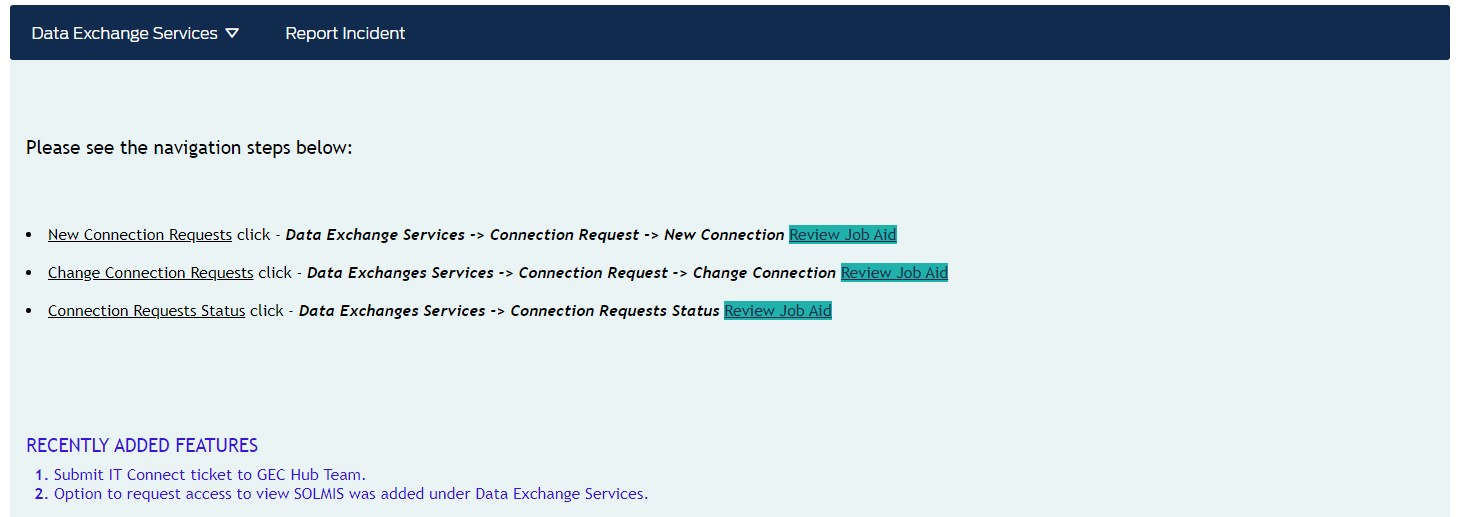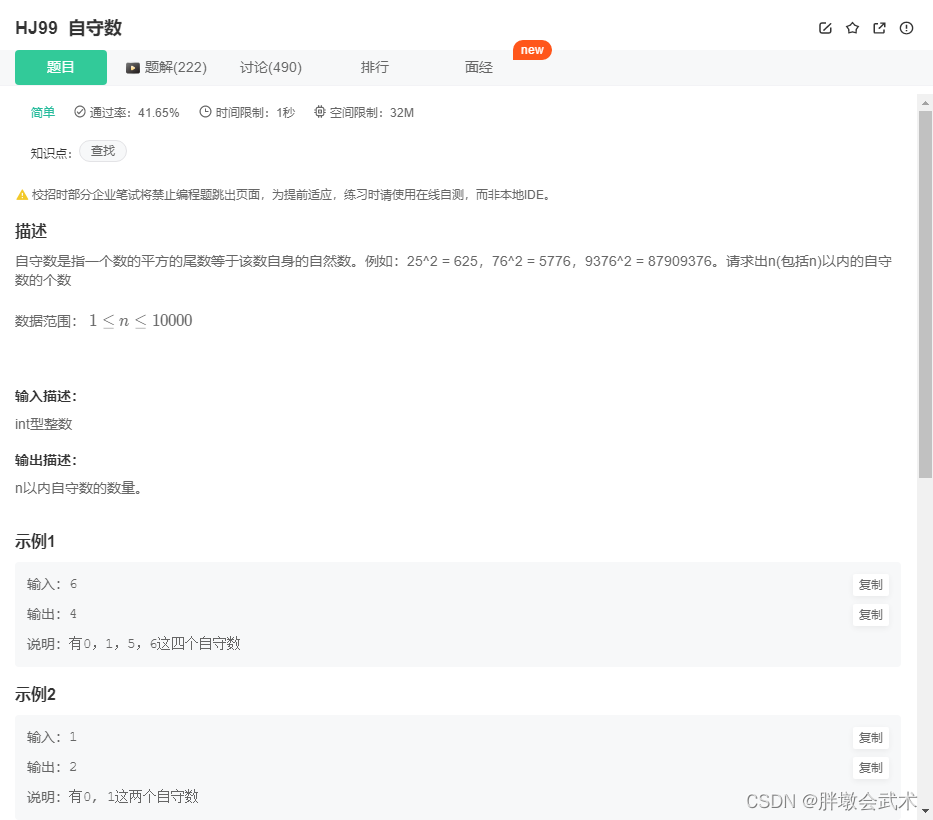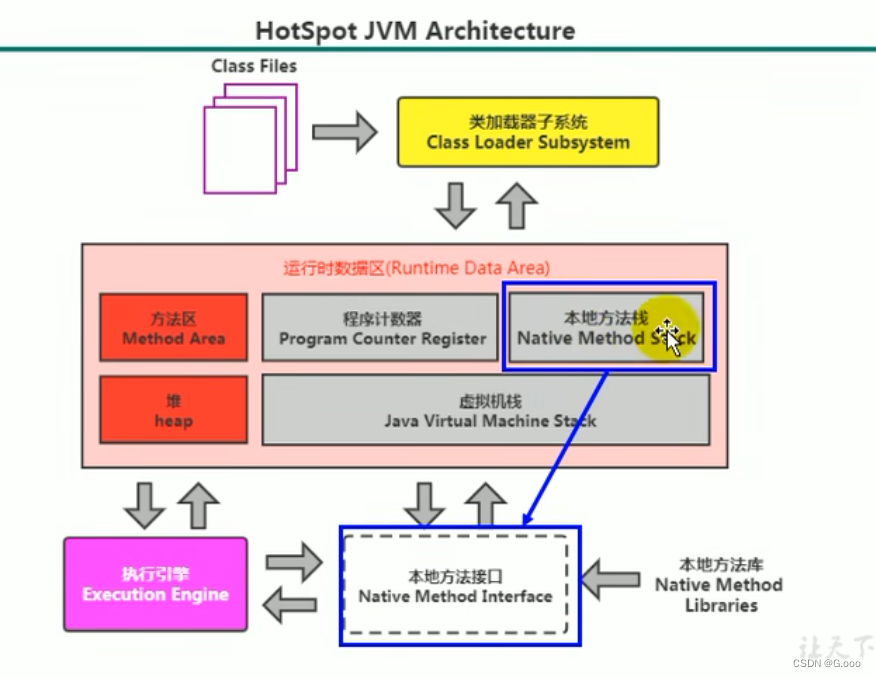深度学习-第T1周——实现mnist手写数字识别
- 深度学习-第P1周——实现mnist手写数字识别
- 一、前言
- 二、我的环境
- 三、前期工作
- 1、导入依赖项并设置GPU
- 2、导入数据集
- 3、归一化
- 4、可视化图片
- 5、调整图片格式
- 四、构建简单的CNN网络
- 五、编译并训练模型
- 1、设置超参数
- 2、编写训练函数
- 六、预测
- 七、总结
深度学习-第P1周——实现mnist手写数字识别
一、前言
- 🍨 本文为🔗365天深度学习训练营 中的学习记录博客
- 🍖 原作者:K同学啊
二、我的环境
- 电脑系统:Windows 10
- 语言环境:Python 3.8.5
- 编译器:colab在线编译
- 深度学习环境:Pytorch
三、前期工作
1、导入依赖项并设置GPU
import tensorflow as tf
gpus = tf.config.list_physical_devices("GPU")
if gpus:
gpu0 = gpus[0]
tf.config.experimental.set_memory_growth(gpu0, True)
tf.config.set_visible_device([gpu0], "GPU")
2、导入数据集
使用dataset下载MNIST数据集,并划分训练集和测试集
使用dataloader加载数据
import tensorflow as tf
from tensorflow.keras import datasets, layers, models
import matplotlib.pyplot as plt
(train_images, train_lables), (test_images, test_lables) = datasets.mnist.load_data()
3、归一化
数据归一化作用
- 使不同量纲的特征处于同一数值量级,减少方差大的特征的影响,使模型更准确
- 加快学习算法的准确性
train_images, test_images = train_images / 255.0, test_images / 255.0
train_images.shape, test_images.shape, train_lables.shape, test_lables.shape
4、可视化图片
#进行图像大小为10宽10长的绘图
plt.figure(figsize = (10, 10))
for i in range(20):
plt.subplot(2, 10, i + 1)
#设置不显示x轴刻度
plt.xticks([])
#设置不显示y轴刻度
plt.yticks([])
#设置不显示子图网络格
plt.grid(False)
#图像显示,cmap为颜色绘图,plt.cm.binary为matplotlib.cm的色表
plt.imshow(train_images[i], cmap = plt.cm.binary)
#设置x轴为标签显示的图片的对应的数字
plt.xlabel(train_lables[i])
5、调整图片格式
train_images = train_images.reshape((60000, 28, 28, 1))
test_images = test_images.reshape((10000, 28, 28, 1))
四、构建简单的CNN网络
对于一般的CNN网络来说,都是由特征提取网络和分类网络构成,其中特征提取网络用于提取图片的特征,分类网络用于将图片进行分类。
#二、构建简单的CNN网络
# 创建并设置卷积神经网络
# 卷积层:通过卷积操作对输入图像进行降维和特征抽取
# 池化层:是一种非线性形式的下采样。主要用于特征降维,压缩数据和参数的数量,减小过拟合,同时提高模型的鲁棒性。
# 全连接层:在经过几个卷积和池化层之后,神经网络中的高级推理通过全连接层来完成。
model = models.Sequential([
layers.Conv2D(32, (3, 3), activation = 'relu', input_shape= (28, 28, 1)),
layers.MaxPooling2D((2, 2)),
layers.Conv2D(64, (3, 3), activation = 'relu'),
layers.MaxPooling2D((2, 2)),
layers.Flatten(),
layers.Dense(64, activation = 'relu'),
layers.Dense(10)
])
model.summary()
#以上为简单的tf八股模板,可以看B站的北大老师曹健的tensorflow笔记

五、编译并训练模型
1、设置超参数
#这里设置优化器,损失函数以及metrics
model.compile(
#设置优化器为Adam优化器
optimizer = 'adam',
#设置损失函数为交叉熵损失函数
loss = tf.keras.losses.SparseCategoricalCrossentropy(from_logits = True),
metrics = ['accuracy']
)
2、编写训练函数
history = model.fit(
train_images,
train_lables,
epochs = 10,
validation_data = (test_images, test_lables)
)

六、预测
plt.imshow(test_images[1])

pre = model.predict(test_images)
pre[1]

七、总结
提前看了一遍北大软微老师的tf笔记,对于tensorflow建模型的八股大致弄懂了
